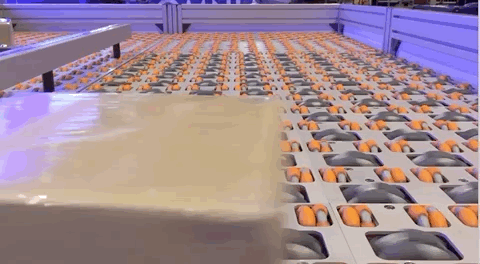

HERMES
Transportation & Distribution
The Hermes department facilitates transportation, allocation, and shipping within Augury, as well as any exporting and importing. An undersea structure by nature has an inevitable degree of isolation, requiring dedicated systems in place to allow people and goods to move in and out of the city. This includes overseeing everything from submarine design and manufacture, boat traffic on the ocean surface, induction lighthouses, airlocks, and moon pools. Furthermore, the interior of Augury is designed primarily for foot traffic, but Hermes must moderate the network of elevators, public transportation, and industrial transportation. Hermes also oversees the city-wide postal system, for both local mail and international shipping.
An eligible candidate to head Hermes would be a civil engineer, traffic engineer, mechanical engineer, or another individual with relevant proficiency and qualification. The Hermes department will employ a team of any combination of traffic engineers, civil engineers, mechanical engineers, prototypers, metallurgists, welders, fabricators, programmers, and marine engineers as necessary.
Step 8; Hermes Phase 1: Basic Infrastructure
As workers can’t simply drive around to different parts of the building, as soon as the interior of the structure is habitable, the next step should be to establish some system of transportation. Most likely, this will be a system of small electric vehicles to transport people, supplies, and equipment. Locations for temporary and permanent storage can be established, to facilitate an inventory and allocation system. Concourses can be also established with painted lines at this time, and emergency evacuation routes and muster stations should be established and drilled. Augury will never facilitate infrastructure for internal combustion engines; consideration must be made for foot and small electric vehicle traffic flow. Elevators should also be installed at this stage. Airlocks and moon pools for passage out into the sea should be installed, along with a network to remotely monitor them.
Depending on the scale of the initial structure, this point might be a good opportunity to start a public transportation system. A dedicated train spanning the circumference of the city will save significant time and resources for transporting both people and materials. Cars for both freight and passengers should be included. At some point (if not now), a robust public transportation system will be crucial. There will be no room for freeways or cars in Augury, no personal vehicles much larger than bicycles, and public transportation like trains and trams are far more efficient than any other form of ground transportation.
Postal System
An important function of the Hermes department will be material/freight/cargo allocation. At this phase, this will mainly relate to delivery of building materials. Once the city is populated, it will translate into a postal system. Establishing an efficient allocation infrastructure at this phase will benefit the city in perpetuity. These systems should require as little human interaction as possible—omni-directional conveyor belts can scan barcode labels to send most package sizes all over the city automatically.

Step 17; Hermes Phase 2: Transportation Network
As Augury grows in size, it’s important that people and materials can get where they need to go efficiently. Augury should be easy and intuitive to navigate. Consider implementing, as some cities do, colored lines painted into the pavement along major paths, which pedestrians can follow to landmarks. In an enclosed environment where people cannot cross fields and roads to find the shortest path between two points, proper city planning is vital to ensure optimum convenience. Concourses, elevators, stairs, escalators, ramps, and so on should allow pedestrians to follow the shortest and most direct paths to their destinations. If a public tram system of some kind circling the city has not been constructed by this point, it should now.
Hermes should maintain headquarters at the lower opening of the main intake shaft, from which materials and people are transported down from the surface. From there, they can at this point start to expand their facilities to an industrial allocation center of omnidirectional conveyor belts for efficiently distributing cargo all over the city. Hermes will be in charge of managing and documenting the comings and goings of people, exports, imports, and vehicles that make contact with Augury, so their facilities will resemble an airport of sorts (and all the associated facilities). Technology can streamline and automate this process.
If financially viable, Hermes can consider at this point collaborating with Hephaestus to start manufacturing vehicles in-house; manned, unmanned, marine, submarine, and aerial. Eventually Hermes should maintain a fleet capable of servicing the entire city, as well as lifeboats and escape pods.
Relocation Services
Moving to Augury won’t be easy. Hermes should manage an agency dedicated to assisting new citizens in relocation—this will include everything to transportation of the individual and their family, their belongings, and filing the necessary paperwork.